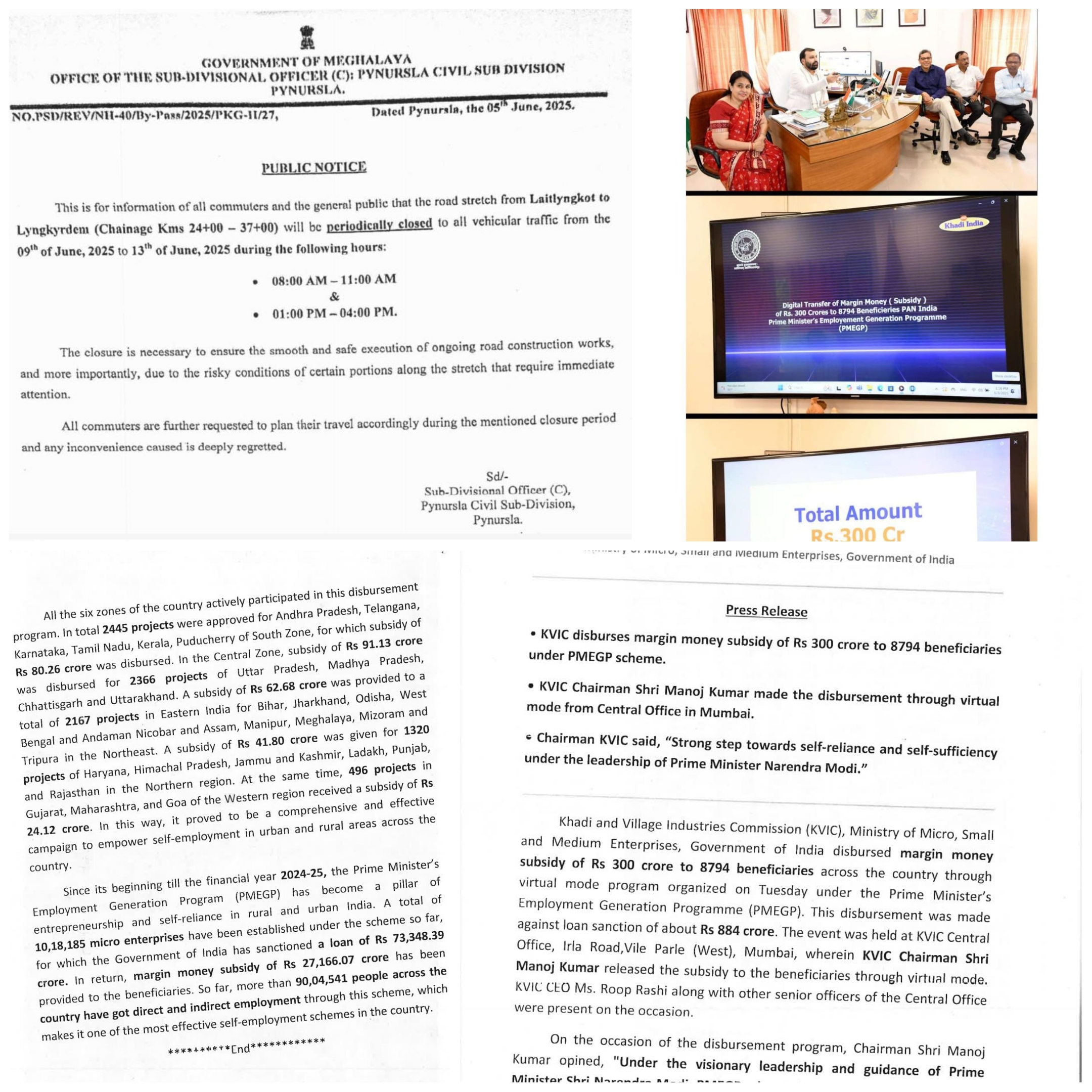Meghalaya Chief Minister Conrad K. Sangma has written to Union Education Minister Dharmendra Pradhan, flagging deep concern over the allocation of CUET (UG) 2025 examination centres, which he says has sparked widespread anxiety among students and parents across the state.
In his letter, Sangma stated that a large number of aspirants who had opted for centres within Meghalaya, particularly Shillong, were instead allotted centres in far-flung locations such as Jorhat, Dibrugarh, Mizoram, Nagaland, and even Kolkata. He described the development as placing “an undue burden on many students, especially those from financially constrained backgrounds, who are now compelled to bear significant travel and accommodation costs.”
“The resulting distress has not only disrupted the academic preparation of these students but has also led to a growing apprehension that some may be forced to forgo the examination altogether,” the Chief Minister wrote, expressing dismay that the issue has emerged despite repeated appeals and past assurances regarding adequate centres in Meghalaya.
Sangma highlighted that the Government of Meghalaya has extended full support to the National Testing Agency (NTA), including identifying potential examination centres and providing all necessary administrative cooperation. “We have also constituted a State-Level Committee, along with District-Level Committees, to facilitate the smooth conduct of NTA examinations within the state,” he said.
Yet, despite these efforts, Sangma said the current allocation scenario remains “a cause of distress” and urged immediate intervention from the Union Ministry. He called on Pradhan to direct the NTA to review and reallocate CUET (UG) 2025 centres for Meghalaya candidates within the state and to consider postponing or deferring the exam for state students until adequate infrastructure is ensured.
The CM’s letter underscores growing concern in the Northeast over accessibility in national-level competitive exams, as logistical and financial hurdles continue to put rural and marginalized students at a disadvantage.





